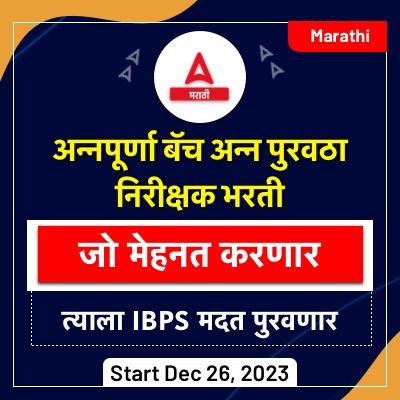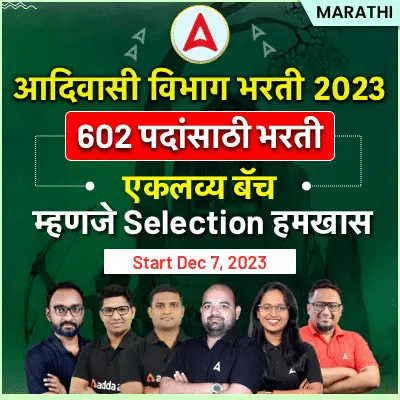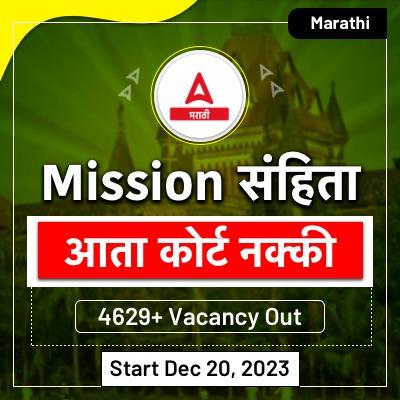Delhi’s water crisis
(The Hindu, 27/06/24)
Amidst a heat wave in several parts of north India, Delhi has been struck with an acute water shortage over the past couple of weeks sparking a battle in the Supreme Court with its neighbouring States including Haryana and Himachal Pradesh.
Why is there water shortage in Delhi?
- Delhi depends heavily on its neighbouring States of Himachal Pradesh, Uttarakhand, Punjab, Haryana, and Uttar Pradesh to fulfil its drinking water needs.
- Delhi 40% of water comesfrom Haryana via the Yamuna. The Munak Canal is a primary source of this water.
- The canal, which falls under the Haryana government, starts from Haryana and enters Delhi with raw water.
- The AAP-led Delhi government claims that Haryana is blocking water to Delhi, exacerbating the situation during the heatwave.
- The Lieutenant Governor’s office claims Haryana is releasing adequate water and blames the shortage on a leakage in the Munak Canal and inefficient pipeline cleaning.
- Additionally, the L-G office has claimed that the presence of privately run tankers which are finding illegal sources of water and selling them at high rates is adding to the issue.
What is happening in the SC?
- The Delhi government had moved the Supreme Court to seek a direction to Haryana to supply more water to the crisis-hit national capital (due to heatwave conditions)
- The Supreme Court directed the Upper Yamuna River Board (UYRB) to hold an emergency meeting with Delhi, Haryana, and Himachal Pradesh to address the water crisis.
- Upper Yamuna River Board, a body constituted with the agreement of parties in the MoU of May 12, 1994.
- The main function of the UYRB is to regulate the allocation of available flows amongst the beneficiary States.
- The Supreme Court decided not to interfere further, leaving the matter to the UYRB and stating it did not want to violate the existing MoU among the states
What is next for Delhi?
Delhi must focus on three solutions to the problem.
- First, drinking water in the capital needs to be made its top priority; water for irrigation and other works needs to be redirected for drinking water.
- Second, Recycle and reuse water effectively.
- Third, develop water harvesting structures in areas like Asola Bhatti mines and recharge groundwater resources.
- Additionally, focus on water harvesting, improve Water Treatment Plants (WTPs), and convert the Aravalli belt into a water sanctuary and the Yamuna floodplain banks into a water bank.
Can you answer the following questions?
“Discuss the inter-state water disputes in India with a focus on the recent water shortage issue in Delhi. What legal and institutional mechanisms can be strengthened to address such disputes effectively?”
“Evaluate the impact of political dynamics between state governments on the management of water resources in India, using the Delhi water crisis as a case study.”
“Examine the causes and consequences of the acute water shortage in Delhi. How can urban water management strategies be improved to prevent such crises in the future?”
“In the context of the Delhi water crisis, analyze the ethical responsibilities of state governments in managing shared natural resources. How can collaborative governance be promoted to address such ethical dilemmas?”
India’s rooftop solar potential
(The Hindu, 27/06/24)
As of March 31, the total installed RTS capacity in India was 11.87 GW, according to the Ministry of New and Renewable Energy.
India’s overall RTS potential is approximately 796 GW. To meet India’s target of installing 500 GW of renewable energy capacity, with a solar component of 280 GW, by 2030, RTS alone needs to contribute about 100 GW by 2030.
What is the RTS programme?
- India launched the Jawaharlal Nehru National Solar Mission in January 2010.
- Its main objective was to produce 20 GW of solar energy (including RTS) in three phases: 2010-2013, 2013-2017, and 2017-2022.
- In 2015, the government revised this target to 100 GW by 2022, including a 40-GW RTS component, with yearly targets for each State and Union Territory.
- In December 2022, India had an installed RTS capacity of 7.5 GW and extended the deadline for the 40-GW target to 2026.
How are various states performing in RTS installation?
- Gujarat: Leading with 3,456 MW due to quick approvals, numerous installers, and high consumer awareness.
- Maharashtra: Installed 2,072 MW thanks to robust solar policies and a conducive regulatory environment.
- Rajasthan: Highest potential with 1,154 MW, boosted by financial incentives and public-private partnerships.
- Kerala, Tamil Nadu, Karnataka: Installed capacities of 675 MW, 599 MW, and 594 MW respectively, performing reasonably well.
- Uttar Pradesh, Bihar, Jharkhand: Lagging due to bureaucratic hurdles, inadequate infrastructure, and lack of awareness.
What is the ‘Pradhan Mantri Surya Ghar Muft Bijli Yojana’?
- Aims to install RTS systems on one crore households, providing up to 300 units of free electricity per month, with a financial outlay of ₹75,021 crore, targeting an RTS capacity addition of 20 GW.
What steps can ensure RTS growth?
- Awareness: Creating consumer awareness is crucial.
- Economic Viability: Making RTS economically viable through government subsidies and low-cost financing options.
- R&D and Training: Promoting research in solar technology, energy storage, and smart grids, along with vocational training programs like ‘Suryamitra’.
- Regulations: Updating net-metering regulations, grid-integration standards, and building codes to facilitate smooth implementation.
Can you answer the following questions?
Discuss the impact of central government schemes, such as the ‘Pradhan Mantri Surya Ghar Muft Bijli Yojana,’ on the growth of rooftop solar installations in India. How effective are these schemes in achieving the country’s renewable energy targets?”
| अड्डापिडीया चालू घडामोडी PDF डाउनलोड लिंक – 26 जून 2024 | ||
| भाषा | अड्डापिडीया महाराष्ट्र चालू घडामोडी | अड्डापिडीया राष्ट्रीय आणि आंतरराष्ट्रीय चालू घडामोडी |
| इंग्लिश PDF | येथे क्लिक करा | येथे क्लिक करा |
| मराठी PDF | येथे क्लिक करा | येथे क्लिक करा |
मासिक चालू घडामोडींवर महत्त्वपूर्ण वनलायनर प्रश्न-उत्तरे PDF – मे 2024
महाराष्ट्रातील सर्व स्पर्धा परीक्षांसाठी ऑनलाईन क्लास, व्हिडिओ कोर्स, टेस्ट सिरीज, पुस्तके आणि इतर अभ्यास साहित्य खाली दिलेल्या लिंक वर क्लिक करून मिळावा.
अड्डा 247 मराठीचे युट्युब चॅनल
अड्डा 247 मराठी अँप | अड्डा 247 मराठी टेलिग्राम ग्रुप
महाराष्ट्र महापॅक











